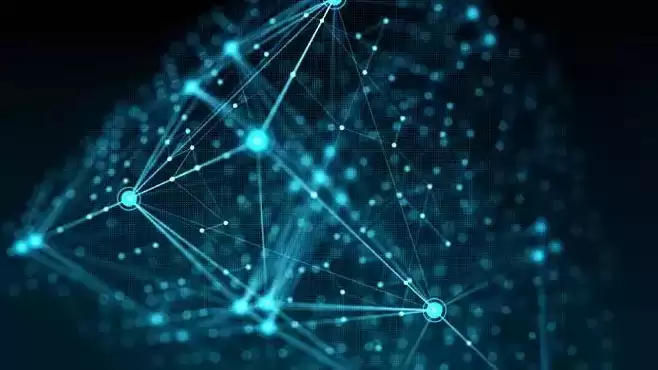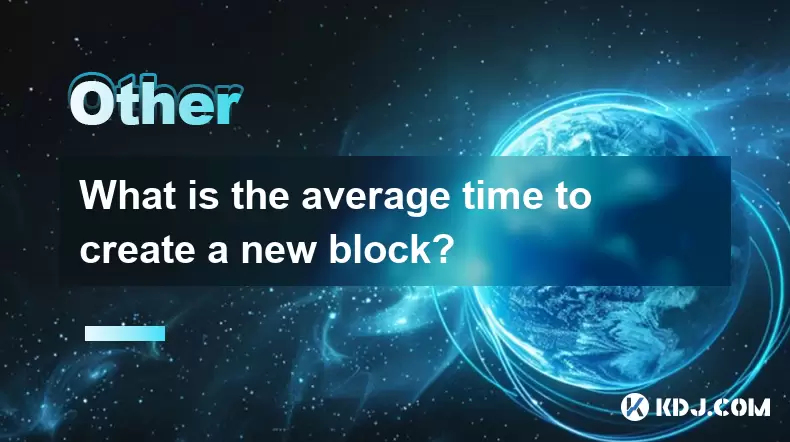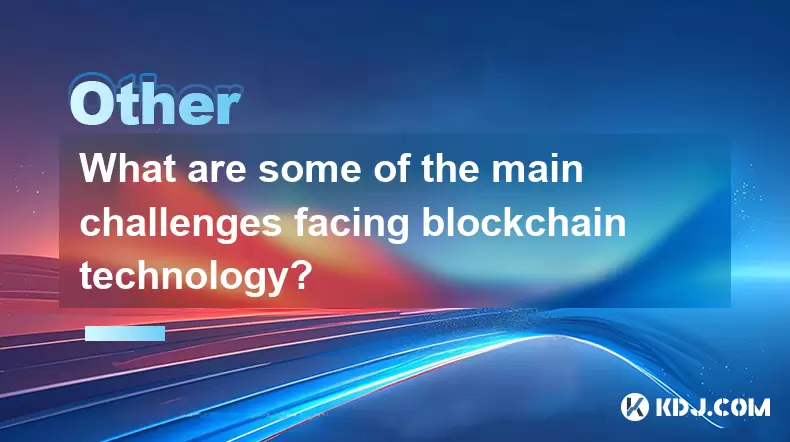-
 Bitcoin
Bitcoin $117300
1.99% -
 Ethereum
Ethereum $3884
5.89% -
 XRP
XRP $3.268
9.33% -
 Tether USDt
Tether USDt $1.000
0.02% -
 BNB
BNB $783.0
1.78% -
 Solana
Solana $173.6
3.51% -
 USDC
USDC $0.9999
0.00% -
 Dogecoin
Dogecoin $0.2193
7.00% -
 TRON
TRON $0.3380
0.30% -
 Cardano
Cardano $0.7769
5.08% -
 Stellar
Stellar $0.4350
9.36% -
 Hyperliquid
Hyperliquid $40.23
5.78% -
 Sui
Sui $3.739
6.95% -
 Chainlink
Chainlink $18.30
9.46% -
 Bitcoin Cash
Bitcoin Cash $581.7
2.11% -
 Hedera
Hedera $0.2577
5.51% -
 Ethena USDe
Ethena USDe $1.001
0.00% -
 Avalanche
Avalanche $23.08
4.23% -
 Litecoin
Litecoin $121.7
2.24% -
 UNUS SED LEO
UNUS SED LEO $8.962
-0.34% -
 Toncoin
Toncoin $3.332
1.36% -
 Shiba Inu
Shiba Inu $0.00001273
3.39% -
 Uniswap
Uniswap $10.35
6.84% -
 Polkadot
Polkadot $3.818
4.01% -
 Dai
Dai $1.000
0.01% -
 Bitget Token
Bitget Token $4.446
2.13% -
 Cronos
Cronos $0.1491
4.96% -
 Monero
Monero $255.4
-9.78% -
 Pepe
Pepe $0.00001099
4.80% -
 Aave
Aave $284.0
8.01%
how mining blockchain
Mining blockchain involves verifying transactions by solving mathematical puzzles with specialized hardware, leading to rewards in the form of cryptocurrency.
Oct 15, 2024 at 06:18 am

How to Mine Blockchain
Blockchain mining is the process of verifying and adding new transactions to the blockchain ledger. Miners use specialized computers to solve complex mathematical problems in order to earn rewards in the form of cryptocurrency.
Steps to Mine Blockchain
- Acquire the necessary hardware. Mining cryptocurrency requires specialized hardware, such as an ASIC (application-specific integrated circuit) miner or a GPU (graphics processing unit). ASIC miners are more efficient but also more expensive than GPUs.
- Join a mining pool. Mining solo is difficult and unlikely to be profitable. Instead, most miners join mining pools, which combine the computing power of multiple miners to increase the chances of solving blocks.
- Download mining software. There are a variety of mining software programs available, such as CGMiner, EasyMiner, and Bitminter.
- Configure your mining software. You will need to configure your mining software with your pool information, wallet address, and other settings.
- Start mining. Once your mining software is configured, you can start mining by clicking the "Start" button.
Types of Blockchain Mining
There are two main types of blockchain mining:
- Proof of Work (PoW): PoW is the most common type of blockchain mining. Miners compete to solve complex mathematical problems. The first miner to solve a block receives a reward in the form of cryptocurrency.
- Proof of Stake (PoS): PoS is a more energy-efficient type of blockchain mining. Miners stake their cryptocurrency in order to validate transactions. The more cryptocurrency a miner stakes, the more likely they are to be selected to validate a transaction and earn a reward.
Choosing the Right Mining Pool
When choosing a mining pool, there are a few factors to consider:
- Size: The size of the pool determines how often you will earn rewards. Larger pools have more miners and generate more blocks, but they also have more competition.
- Fees: Some pools charge a fee for their services. These fees can vary from pool to pool.
- Reputation: It is important to choose a pool with a good reputation. There are many scams in the cryptocurrency mining industry, so it is important to do your research before choosing a pool.
Mining Rewards
The rewards for mining cryptocurrency vary depending on the coin being mined and the difficulty of the blockchain. Rewards are typically paid in the form of the cryptocurrency that is being mined.
Conclusion
Blockchain mining is a complex and competitive process. However, it can be a profitable way to earn cryptocurrency. By following the steps outlined in this article, you can start mining blockchain today.
Disclaimer:info@kdj.com
The information provided is not trading advice. kdj.com does not assume any responsibility for any investments made based on the information provided in this article. Cryptocurrencies are highly volatile and it is highly recommended that you invest with caution after thorough research!
If you believe that the content used on this website infringes your copyright, please contact us immediately (info@kdj.com) and we will delete it promptly.
- Cold Wallet Crypto in 2025: The Future is Now, Ya'll
- 2025-08-08 05:10:13
- MAGACOIN, SOL, and ADA: A Tale of Shifting Tides in Crypto
- 2025-08-08 05:10:13
- SHIB Price, PEPE, and the Memecoin Supercycle: Who Will Reign Supreme?
- 2025-08-08 05:50:12
- Pudgy Penguins Price Prediction: Google Trends & Breakout Signals
- 2025-08-08 05:50:12
- UAE Crypto Regulation: SCA and VARA Unite to Streamline the Future of Digital Assets
- 2025-08-08 05:55:48
- MAGACOIN Finance: The Presale Phenomenon Rocking the Crypto World
- 2025-08-08 05:55:48
Related knowledge

What is the purpose of a nonce in mining?
Aug 04,2025 at 05:56pm
Understanding the Role of a Nonce in Cryptocurrency MiningIn the world of cryptocurrency mining, the term nonce stands for 'number used only once.' Th...

Can data on a blockchain be deleted?
Aug 05,2025 at 04:00am
Understanding Blockchain ImmutabilityThe core principle behind most blockchain systems is immutability, which means that once data is recorded onto th...

What is the difference between on-chain and off-chain transactions?
Aug 02,2025 at 04:22pm
Understanding On-Chain TransactionsOn-chain transactions refer to digital asset transfers that are recorded directly on a blockchain ledger. These tra...

What is the average time to create a new block?
Aug 06,2025 at 09:21pm
Understanding Block Creation in Blockchain NetworksThe average time to create a new block varies significantly depending on the specific blockchain pr...

How are blocks linked together?
Aug 04,2025 at 06:56am
Understanding the Structure of a BlockchainA blockchain is a decentralized digital ledger composed of a sequence of blocks, each containing a list of ...

What are some of the main challenges facing blockchain technology?
Aug 07,2025 at 02:58am
Scalability Constraints in Blockchain NetworksOne of the most persistent challenges in blockchain technology is scalability. As blockchain networks gr...

What is the purpose of a nonce in mining?
Aug 04,2025 at 05:56pm
Understanding the Role of a Nonce in Cryptocurrency MiningIn the world of cryptocurrency mining, the term nonce stands for 'number used only once.' Th...

Can data on a blockchain be deleted?
Aug 05,2025 at 04:00am
Understanding Blockchain ImmutabilityThe core principle behind most blockchain systems is immutability, which means that once data is recorded onto th...

What is the difference between on-chain and off-chain transactions?
Aug 02,2025 at 04:22pm
Understanding On-Chain TransactionsOn-chain transactions refer to digital asset transfers that are recorded directly on a blockchain ledger. These tra...

What is the average time to create a new block?
Aug 06,2025 at 09:21pm
Understanding Block Creation in Blockchain NetworksThe average time to create a new block varies significantly depending on the specific blockchain pr...

How are blocks linked together?
Aug 04,2025 at 06:56am
Understanding the Structure of a BlockchainA blockchain is a decentralized digital ledger composed of a sequence of blocks, each containing a list of ...

What are some of the main challenges facing blockchain technology?
Aug 07,2025 at 02:58am
Scalability Constraints in Blockchain NetworksOne of the most persistent challenges in blockchain technology is scalability. As blockchain networks gr...
See all articles

























































































